Resource: Academic research
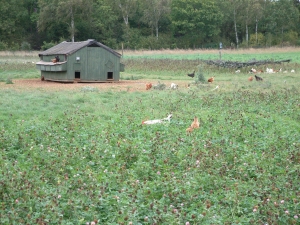
Poultry Management
Research providing insights into breeding, rearing, housing, health and disease, medication and nutrition of poultry managed organically.
Read more »
FarmHealthOnline.com
This knowledge hub for livestock farmers and advisors will enable proactive animal health and welfare planning and help with decision-making.
Read more »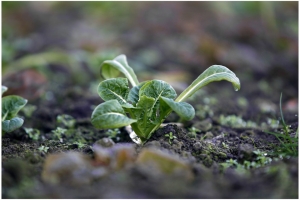
Organic versus non-organic: Crops
Groundbreaking research that highlights nutritional benefits of organic fresh produce, with important links to how the food is produced.
Read more »
Organic versus non-organic: Meat
Groundbreaking research that highlights nutritional benefits of organic meat, with important links made to livestock feeding regimes.
Read more »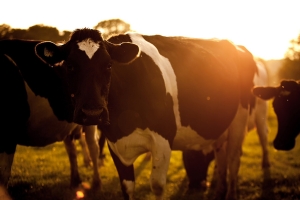
Organic versus non-organic: Dairy
A report on groundbreaking research that highlights nutritional benefits of organic dairy, with important links made to cow feeding regimes.
Read more »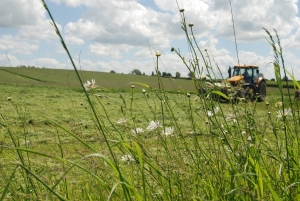
A Guide to Nutrient Budgeting on Organic Farms
Everything you may need to know about basic nutrient budgeting and valuable insights into how using them can benefit your farm.
Read more »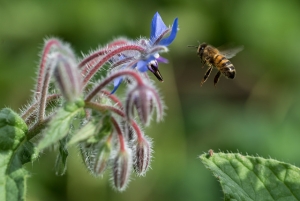
Study shows bee-friendly crops create a hungry gap for rarer bees
An article highlighting the importance of ensuring our flowering habitats and how we manage them provide for wider bee and wasp communities.
Read more »
Agroforestry
Learn about agroforestry research undertaken by the Organic Research Centre, find links to further information and resources.
Read more »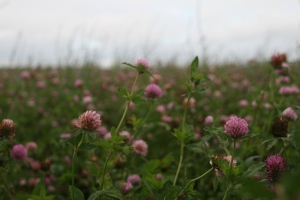
Fertility Building
Using legumes and farming practices to maximise on free nitrogen (N); improve N availability, increase the amount fixed, minimise losses.
Read more »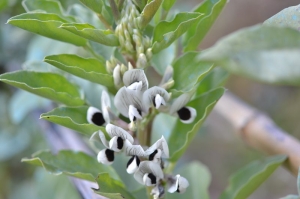
Combinable protein crop production
Research providing practical information on the function and use of grain legumes and ways they can be managed in organic farming systems.
Read more »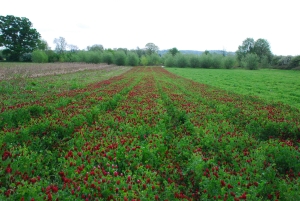
Fertility building leys
Guidance on legume species characteristics and management to help you formulate your own seed mixtures, based on Legume LINK research.
Read more »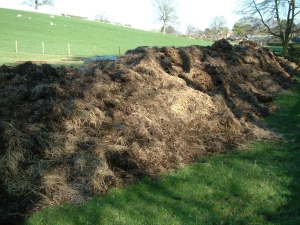
Managing phosphorus dynamics in organic rotations
Practical recommendations for improving soil phosphate (P) availability for your crops; maintaining levels and maximising on P inputs.
Read more »
Soil Analysis and Management
Improving and managing soil fertility in organic farming systems though soil analysis; what you need to know and how you can do it.
Read more »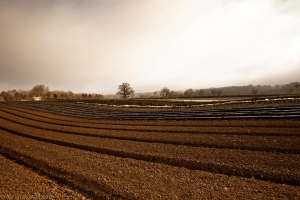
Living Soils – A Call to Action
The causes and implications of soil degradation explained, with a plea to adopt agroecological approaches to help tackle the problems.
Read more »
Visual Evaluation of Soil Structure
Assess soil structure out in the field and identify where changes in management may be required with the help of a visual reference tool.
Read more »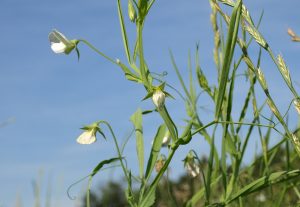
Diverse legume leys: pollinator benefits
The important role of legumes as a food resource for pollinators and species that can help provide the forage reserves throughout the year.
Read more »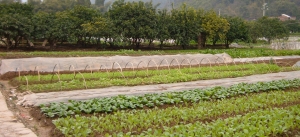
Organic Farming Practices
Ways in which you can adjust your organic farm management practices to minimise harm to pollinators and insects that manage pests.
Read more »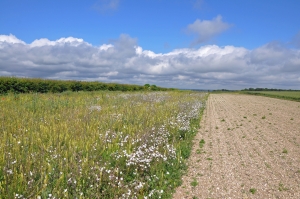
Sowing and Management of Multi-species Leys to Encourage Pollinators
Guidance on selecting species and managing leys to benefit pollinators, linking to the LegLink project and Countryside Stewardship options.
Read more »
GWCT pollinators research
Game & Wildlife Conservation Trust information on managing flower-rich habitats on your farm with links to some important research.
Read more »